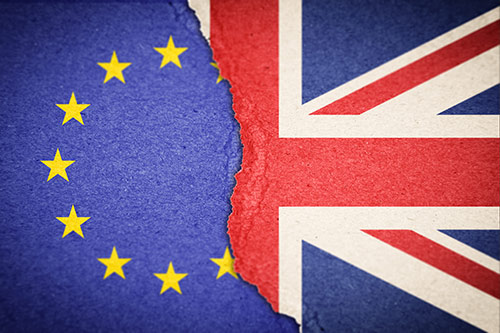Brexit Customs Declarations

The UK is in a Brexit transition period until 31 December 2020. From 1 January 2021, customs declarations will be required when importing goods from the EU. These rules currently apply when importing goods from the rest of the world.A customs declaration in respect of any goods must contain information, and be accompanied by documents, of a description specified by HMRC in a public notice. The declaration must also include a declaration by the person making it that the declaration is, to the best of the person's knowledge, correct and complete.
Detailed guidance on how to complete import (and export) entries is currently contained in Volume 3 of the Integrated Tariff of the UK, which it is assumed will be continued (with any appropriate modifications) after the transition period. The data fields are designed to collect all the data necessary to determine the status of the goods being imported. This information is required to determine the duty payable and also how the goods are to be treated after they have been presented to customs.
The data required in a declaration for the free-circulation procedure includes:
The consignor and consignee (the sender and recipient of the goods). The consignee's Economic Operator Registration and Identification (EORI) number must be included as if it is not, the C79 import VAT certificate will not be issued.
- The name of the declarant.
- The 10-digit commodity code for the goods covered by the declaration. This is crucial in determining whether duty is payable and, if so, the amount payable.
- A code signifying the method of shipment (for example, sea), information concerning the means of transport and where the consignment of goods was shipped from.
- The country of origin of the goods, which may differ from the country of shipment. This is in the form of a two-letter code (see HMRC: UK Trade Tariff: country and currency codes). This allows customs to assess whether the goods may be subject to special rules for example, whether the goods are eligible for preferential rates or could be subject to economic sanctions.
- The value of the goods for customs purposes. This is required not only for ad valorem duties, but also if the amount of duty is calculated by reference to the weight or other measure (and not dependent on the value of the goods). This is because the value for VAT purposes is based on the customs value. However, the weight of goods must also be included.
- A full description of the goods and information about packaging (for example, container).
- The customs procedure code (CPC). CPC's identify the customs (and/or excise regimes) that goods are being entered into and removed from (if applicable). The CPC is seven-digit code. The first two digits identify the procedure for which goods are being entered (for example, 40 for the free-circulation procedure). The second two digits identify any CPC for a previous procedure (that is, the procedure from which the goods are being released. If there is no previous CPC, the code is 00. The third three digits is national coding to provide more detail. For information about the existing Single Administrative Document (SAD) (the electronic import declaration) and the information required. Whilst changes may be made to it for use after the transition period, the information requirements are unlikely to change.
Contact AM Skinner Solicitors for expert legal advice in all areas of trade law, including export controls, sanctions, import & customs controls, brexit, anti-bribery, ethics, commercial contracts, supply chain and other domestic and international trade law matters.
